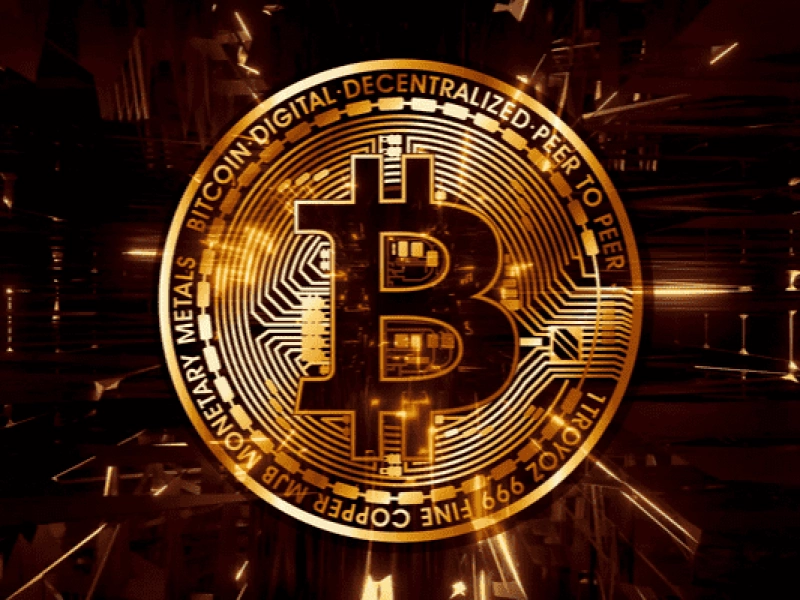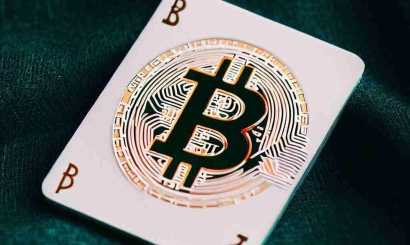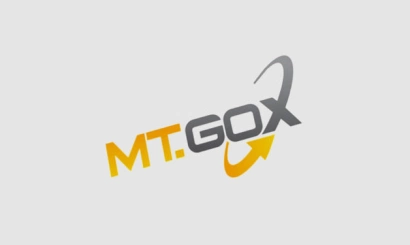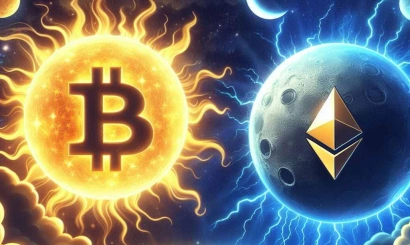- Dollar Stablecoins are leading the market. What could come as a replacement?
Second-largest crypto exchange Coinbase announced it is adding Euro Coin Stablecoin (EUROC), pegged to the euro exchange rate and backed by assets in the same currency in accounts managed by the exchange's issuing partner Circle, to its trading pairs.
Coinbase's announcement coincided with a series of problems with its rival exchange Binance's own stablcoin. The Securities and Exchange Commission (SEC) banned Paxos, the issuer of the Binance Coin Stablecoin (BUSD), from issuing new coins, which created a notable resonance in the market due to the fact that BUSD was one of the top three stablecoins whose rate is tied to the price of the American dollar.
In a number of publications and interviews with business publications, both the head of Binance Changpeng Zhao and other representatives of the largest cryptocurrency exchange rushed to say that what was happening led to the final break with Paxos, BUSD itself should be perceived only as its product, and the exchange is already looking for a replacement "own" stablcoin among those that are presented in the market. In an interview, Zhao stressed that "the landscape of the stablecoin market is changing," and that he is also looking at stablecoins backed by currencies other than the dollar.
- New Dollars. What you need to know about stablecoins in 2023
Talking to Forbes reporters, Binance's chief strategist Patrick Hillmann was already speaking directly about the impending demise of the BUSD stablecoin, which, he said, was "effectively destroyed by U.S. regulators." Hillmann also said that several private and public organizations have expressed interest in working with Binance on a similar initiative. Without revealing details, he hinted that there are "very interesting offers, especially in Europe and the Middle East."
Such a scenario in the current market conditions looks challenging. Today, almost all of the known stablecoins are still tied to the U.S. dollar. The largest "non-dollar" stablecoin is Euro Tether (EURT) with a market capitalization of $218 million, well below that of BUSD, whose capitalization exceeds $11 billion even after the issuance ban and massive outflow of billions of dollars from the asset.
Against the background of the problems of dollar stablecoins, "stablecoins" pegged to other currencies can take "some significant market share", says co-founder of ENCRY Foundation Roman Nekrasov. According to the latest actions of U.S. regulators, it is clear that they are determined to show private companies-issuers of stablecoins pegged to dollars that they have to obey their rules one way or another, the expert said.
"As long as the crypto market was small and isolated from the mainstream financial system, it posed no serious threat to financial stability. But as it has grown and players from the traditional financial world have entered it, the risks have increased, and U.S. regulators are trying to contain those risks. Meticulous regulation is unlikely to please stablcoin issuers. They will try to find other currencies to peg their coins to stay in the rim, but also somehow avoid scrutiny from U.S. regulators," Nekrasov reasoned.
- Regulators vs. cryptocurrencies. Who will benefit from the new rules?
In his opinion, the situation, in general, resembles the world of traditional currencies where the U.S. dollar dominates in a similar way but its "European competitors" are present in the market "and are doing quite well". Returning to the crypto market, Nekrasov notes that the U.S. is now the main market for crypto assets, and it needs dollars "or its digital counterparts."
According to cryptoanalyst Viktor Pershikov, the spread of stablecoins tied to other currencies depends on two factors: the demand for these currencies from market participants and the reaction of regulators to such assets. After the precedent of dollar stablecoins and the SEC, this could happen in other cases as well. For example, the European Central Bank may oppose the EUROC stablecoin if it will carry a risk to the financial stability of the region, the expert suggests.
As for the currencies that can "grow their own stablecoin," their list is quite small and similar to the assets of the FOREX market, popular in terms of trading volumes, Pershikov said, citing the euro, pound, Japanese yen and the Swiss franc as examples. However, in his opinion, it is now clear that participants of the crypto market is quite enough existing stablecoin with a reference to the dollar, while there is no serious need for others.
As history shows, the dollar has not always dominated as an underlying asset in cryptocurrencies. After one of the first major bull cycles in the crypto market in late 2013, yuan trading volumes on crypto exchanges exceeded dollar trading volumes, and before China banned cryptocurrency trading, local exchanges were leading in trading volumes until government policies forced them to find other jurisdictions to continue operating. Back then, it was considered acceptable for traders, including Russian-speaking or European traders, to use Chinese currency as the base currency when trading bitcoin or other cryptocurrencies relevant at the time.
"Traders are simple guys. If stablecoins linked to euros or other currencies are easy to trade and supported by the same number of trading platforms, they will easily adopt this instrument," Nekrasov believes, assuming that, depending on the goals, non-dollar stablecoins can also get the support of major market players.
The main demand for stablecoin is observed mainly by retail traders, while institutional players prefer to use bitcoin in the OTC market, Pershikov said. Expect a rise in the capitalization of other "non-dollar" stablecoins, unless they offer the market something new in terms of transparency and security, which would make USDT, USDC, and other stablecoins "not in a good light". The volume of retailer demand for non-dollar stablecoins so far "seems minimal," the analyst notes.
Mass application and use of such assets is unlikely to make sense since existing legislation prevents stablecoins from being used by institutional investors and legal entities as a means of payment, Pershikov said. In his opinion, national digital currencies (CBDC) would be "much better suited for this role than private stablecoins from various offshore legal entities.




_410x245_00e.webp)


